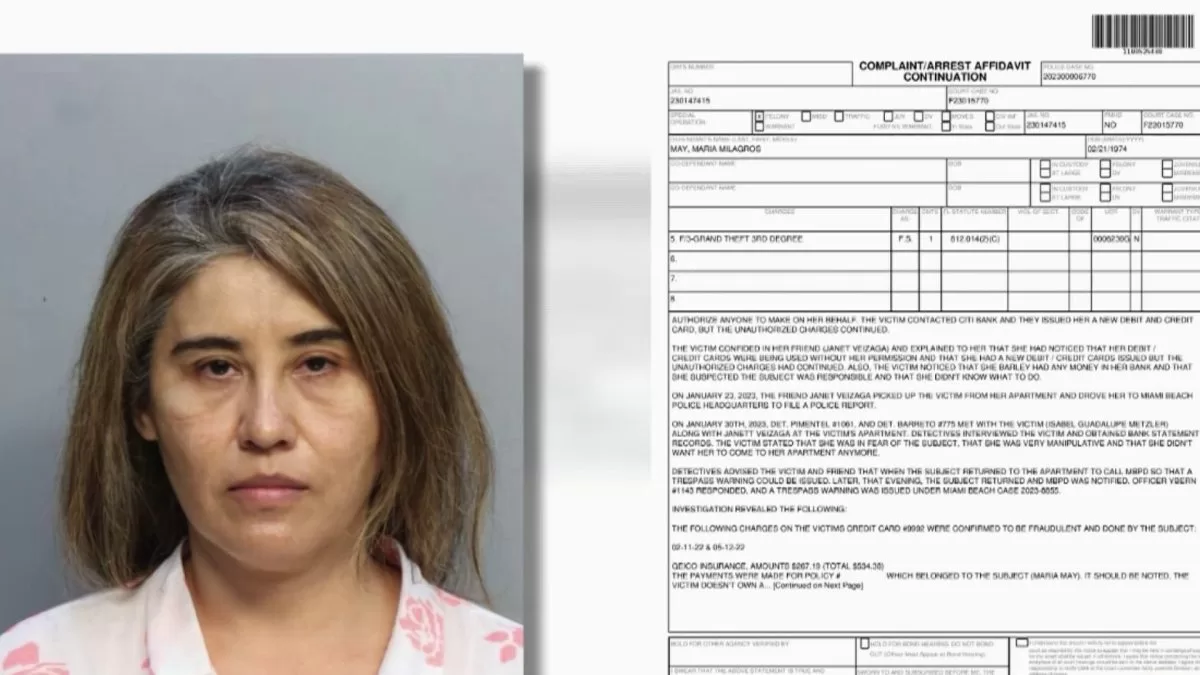We are still in the month of March 2023, but the Sun has already emitted the same amount of X-class solar flares (the highest classification) of the entire year 2022. This time, the eruption was detected on Tuesday (28) .
The category X1.2 event emerged from sunspot cataloged as AR3256, near the southwestern edge of the Sun, at 11:33 pm (Brasília time). The resulting radiation ionized the top of our atmosphere and caused a shortwave radio blackout across Southeast Asia, Australia and New Zealand.
Explosions on the Sun are classified with letters: A, B, C, M and X (from weakest to strongest). Although X is the last letter of the solar flare intensity classification, there is a sub-classification for all letters, ranging from 1 to 9. This means that an X9 explosion is 10 times larger than an X1 event.
A weak CME (coronal mass ejection) accompanied the explosion shortly thereafter, but NOAA space weather scientists have determined that it will not hit Earth. Still, solar activity intensifies more and more as we approach the peak, predicted to occur in 2025.
Despite this, researchers still expect some geomagnetic storms this weekend, when the contents of previously ejected coronal holes reach Earth.
One of the incoming solar winds is estimated to arrive on April 1st, resulting in some polar auroras. No other CMEs appear to be heading our way in the coming days, except for a slim chance that one will hit us on April 3rd.
The Sun, in turn, seems to be preparing some M-class eruptions during Friday, from sunspot AR3256. However, Earth escapes this region as it rotates further towards the Sun’s southeastern edge, about to position itself on the other side of our star.
Source: spaceweather.com





